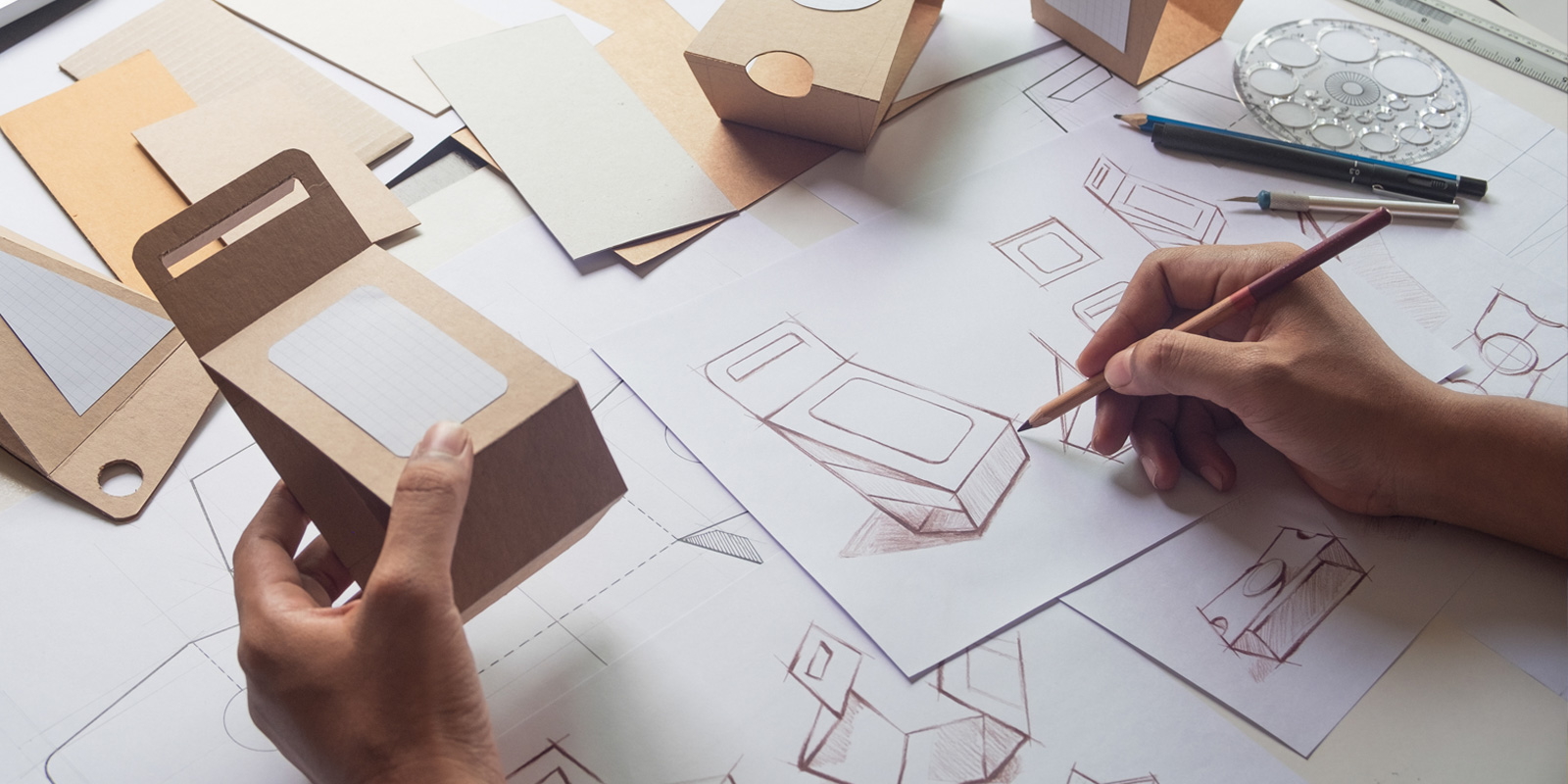Running a business keeps you on your toes, and it’s easy to dedicate most of your time to strategy and numbers. Sometimes it can feel like a never-ending conveyor belt of tasks; dealing with the demands of your business is a continuous thing. Many business owners become so entangled with the logistics of their strategy, that they don’t revisit the bread and butter of the business itself: the product. Realistically, how often do you revisit the actual structure of your services or products – and how highly do you value the importance of product reflection within the scale of tasks? Well, seeing as your product or services are the physical content of your business, it’s a high-priority task (especially at the beginning) although it’s something simple that can often be overlooked. Your product is the physical materialisation of your business, and it’s what you offer the world.
Does your product really have a purpose? Identify the problem
And the cold hard reality is, that if your product just isn’t good enough, then no amount of killer marketing will vouch for it. Businesses can sugar-coat their product or services with an impressive marketing budget and killer assets – but if the actual product itself isn’t good enough, the business can flop. Before kicking off the branding and establishing your business’s ethos and values, getting your product right sits at the beginning of your strategy, and is a fundamental part of your journey.
First things first, you must ask yourself whether you’re solving actual real-life problems that some people genuinely experience. Giving your product a purpose brings relevance to it and creates a balance. Your product becomes the knight in shining armour to counteract the issue at hand. Are you really solving problems? Who is it a problem for? Are lives going to be changed?
Because how can you really expect a product to succeed if it doesn’t solve a real issue? We are living in trying financial times, and money is tight. People don’t want to spend their money on things that they don’t really need. If there’s an easier, cheaper, and just-as-good quality solution elsewhere then people will resort to that instead. It's also good to consider that competing with old-school products that do the same thing is a challenge – you’re essentially trying to break through deep-rooted ways of thinking, changing habits that people have been accustomed to for years.
Make sure your product can genuinely help solve the problem, in a different way than existing products already can - then you've found the pot of gold. What’s unique about your specific product or service? What makes your business different from similar businesses? Once you’ve addressed that sweet spot of uniqueness, you can distinguish exactly what it is that you can focus on when you establish your business through branding.
Become an expert
To really know your product, become an expert in its field. Make sure you’re well educated about your industry, and that you’ve got a solid surplus of knowledge around it. Get to know your product's history, and who the leading pioneers are within the industry. What did they do so well to become pioneers? Become a sponge of information: go to events, read literature around your topic, reflect on your experiences, and stay up to date with the latest industry news.
To learn more about business strategy read this blog.
Test repetitively to validate your product
How you choose to test your product is going to be impactful on your brand, your ethos and how you market the product itself. You’re going to want audience feedback with reviews aplenty. Interact with both potential users and actual users, spreading out the feelers to grasp information about your demographic. This helps you really get inside the minds of your audience and find out exactly who they are, and what makes them tick. Perhaps you had an idea that you thought was going to work, but in actuality, your audience isn’t quite finding the product as useful as you’d hoped they would.
It’s a two-way street – the more testing, the more improvements. Testing can wholly evaluate the ins and outs of your product in a more well-rounded way.
Testing your product is the only way to know whether it really does work in the way you'd want it to. It may seem obvious, but many overlook the testing phase or rush it – as it might be easy to assume that other companies have tested it endlessly already. But actually, it's much more beneficial to use your own data and test your product in your own way – because you might miss something that other companies haven’t picked up on.
Where possible, link your product to appropriate studies, research partnerships, or any third-party accreditation through professional and legal bodies. These bear witness to your product’s effectiveness and will really help you prove your point so that your product gains traction.
Once you’ve improved your product, test it again. You should repeat this process throughout your product’s life, as this allows it to consistently morph, to become malleable to suit customer ideals and expectations and address their valuable feedback.






